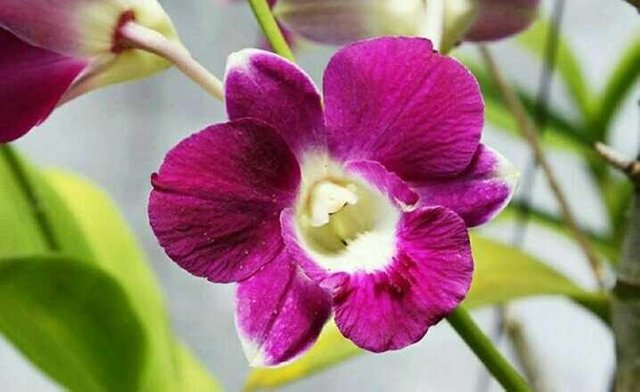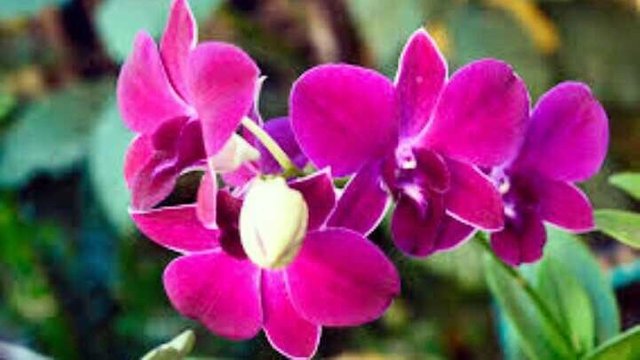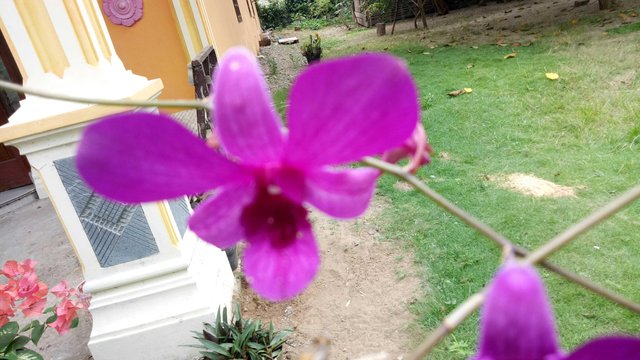
Orchidaceae is the Latin name of the Orchid Flower, orchid flower is one of the most flowering plants.
The types of orchids are widespread from the tropics to the circumferolar locations.
But some of its members are found in the tropics. Generally members of this tribe live as epiphytes, especially those coming from the tropics. Orchids in temperate climates generally live on the ground and form tubers as a step in adapting to winter.
The thin, inclined, fleshy organs make it resistant to the pressure of water availability. Epiphytic orchids can live from dew and moist air.
Characteristics of Orchid Botany
Like other flowers, Orchid also has its own characteristics to make it different and easily recognizable.

Parts of this tribe tend to have organs that are succulent or fleshy:
not thin with high water content. Because he can live in a situation of low water availability. Water is obtained from rain, droplets, dew, or water vapor in the air. But so, orchids are not found in the desert because of their intensive roots. Orchids like sunlight but not immediately until he is commonly found in nature as a jungle floor or under shade. As an ornamental plant, orchids are resistant in the area.
Has fiber roots, not deep. Some types of epiphytes that develop succulent roots and attached to the tree trunks where they grow, but not harm the host tree. There is also a growing geophytes, with other mean terrestria means growing on the ground with roots in the soil. There is also a form of saprophyte, grows on the media of dried leaves and decayed wood so humus. At the root surface is often found root fungus (mikoriza) are symbiotic with orchids.

The orchid stems in segments. Orchids that live on the ground (orchid ground) stems short and lean like a tuber. For a moment, the epiphytic orchids grow well, often thickened and protected by wax to avoid excessive evaporation. The development of the stem may be elongated (monopodial) or widen (simpodial), depending on the genus.
The orchid leaves are generally oval lengthwise with elongated bone leaves as well, typical of monocotyl leaves. Leaves can also thicken and act as water storage.